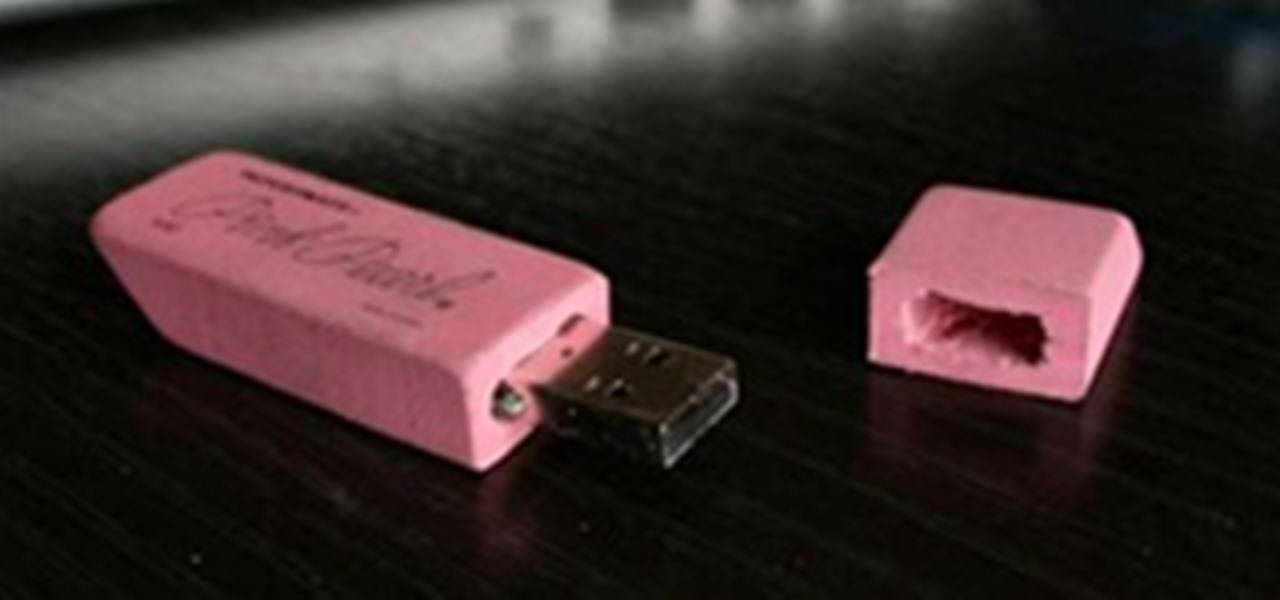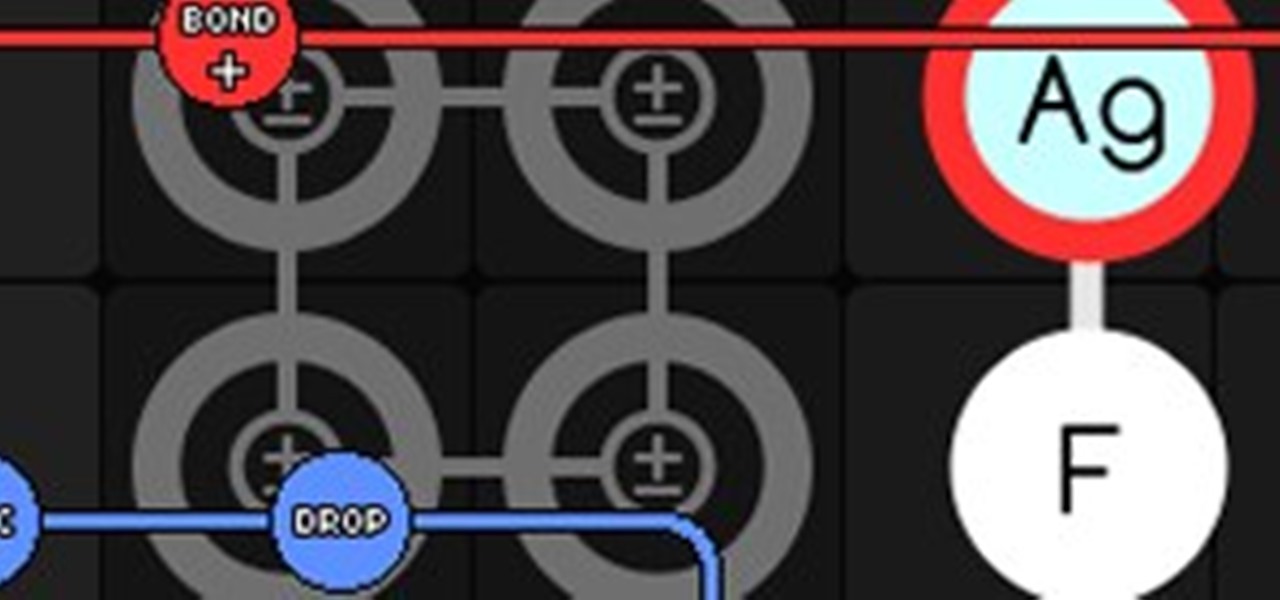
Technology in computers these days are very favorable to the semi-knowledgeable hacker. We have TOR for anonymity online, we have SSDs to protect and securely delete our data—we can even boot an OS from a thumb drive or SD card. With a little tunneling and MAC spoofing, a decent hacker can easily go undetected and even make it look like someone else did the hack job.

Only so much data can be passed through the network and to your computer's networking interfaces. This is limited by the amount of bandwidth you have. The more bandwidth you have, the faster your network connections will be. Not only this, but your transfers will be more parallel and distributed so that all of your speed isn't taken up by one transfer. When all of your bandwidth is sapped and unable to be used, this is called a denial of service, or a DOS.

Anonymity is something that doesn't exist today. Everything you do in the world is tracked, from the purchases you make to surfing the internet—even taking pictures on your iPhone. Everything you have ever said and done on the internet is still there—somewhere. This is called caching. For example, when a site is down, you can view its cached page on Google.

Cross-Site Request Forgery (CSRF, pronounce "sea-surf") is a common web exploit. However, for unknown reasons it's not used very often. It plays on a given website's trust in a web browser by executing another website's form action, for example, sending money to another person. It's usually placed in abnormal places like HTML image tags.

This week's review roundup is a diverse lot. They really only have two things in common—their indie origins and puzzle elements. Otherwise, they come from France, Spain and the U.S., a few from unknown designers and one by the guy who inspired Minecraft.

The indie game scene is constantly expanding, but in 2008, Minecraft, Braid and Angry Birds had not been released, along with all of the other indie games that established the financial viability of the format. Indie games were the all-but-exclusive purview of free Flash game sites and the proud users of TIGsource.com. The Independent Gaming Source is a massive forum for indie game developers to share their projects with like-minded individuals, while seeking help and approval of their games.

Games like Minecraft and Braid have proven that there is money to be made in the indie game marketplace, which means more and more designers are following suit, one being Zeboyd Games. The two-man indie design team released two excellent JRPG spoofs on the Xbox Live Indie Games (XBLIG) Marketplace in 2010: Breath of Death VII ($1) and Cthulhu Saves the World ($3). Both have been well-reviewed and spent time near the top of the XBLIG sales charts, but its success couldn't be rivaled by what wa...

SSL stands for Secure Socket Layer. It's an encryption standard used on most sites' login pages to avoid their users' passwords being packet sniffed in simple plain-text format. This keeps the users safe by having all of that traffic encrypted over an "https" connection. So, whenever you see "https://" in front of the URL in your browser, you know you're safe... or are you?

This Null Byte is the first part in a mini-series on the art of Social Engineering. I will be teaching you how to effectively defend yourself against it.

Jersey Shore's pickle-loving, drunken little ball of fun has captured the affection of many, as well as a fair share of haters. According to today's Wall Street Journal, Snooki and other Jersey Shore characters have surpassed Lady Gaga in popularity for Halloween costumes of 2010. Go Snook. (Not too surprising. For lots of ladies out there, the more revealing the costume, the better.)











